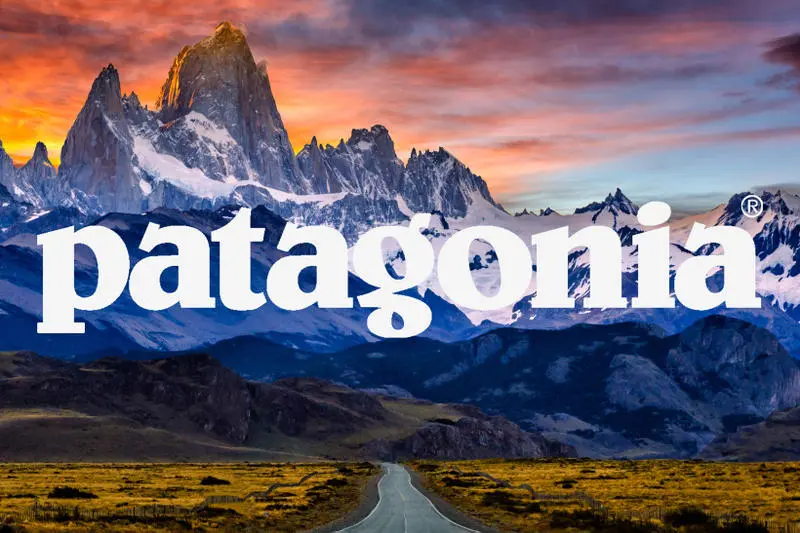Patagonia is best known for its pristine natural beauty, dramatic landscapes, and its status as a premier travel destination for adventure, hiking, and wildlife observation. Patagonia is a place that captivates many Australian imaginations of where to enjoy the next astonishing views, towering glaciers, and exciting adventures that inspire the soul. But where is Patagonia, and why should it be at the very top of the list for Australians wanting adventure? Let’s get down to the incredible region of Patagonia.
Where is Patagonia? Planning the journey
Patagonia is a geographic region in southern South America, in both Argentina and Chile.
- It begins in the Araucania region in Chile and goes all the way down to the southern tip of Chile.
- On the Argentine side, it starts in the province of Rio Negro and goes all the way to Tierra Del Fuego.
It is not a city or a country, but a geographical region. It extends from approximately latitude thirty-seven degrees south to fifty-one degrees south, occupying a monumental space of about 1 million square kilometres. Surrounded by breathtaking natural splendour-the snow-peaked summit, fjord of ice, prairie, and pristine, this experience captivates the adventure-seeker with its raw beauty.
How Patagonia is split between Argentina and Chile
Patagonia acts as a gateway to Antarctica, stretching across both Chile and Argentina, with Chilean Patagonia to the west and Argentine Patagonia to the east. Here is a more comprehensive breakdown of the division of Patagonia:
1. Argentine Patagonia
Argentine Patagonia starts from the south of the Colorado River and covers provinces such as Rio Negro, Neuquén, Chubut, Santa Cruz, and Tierra Del Fuego. Its coverage area involves arid grasslands, deserts, and parts of the Andes.
2. Chilean Patagonia
Chilean Patagonia begins south of Puerto Montt (Araucania region) and covers the whole area to Cape Horn. It is famous for glaciers, fjords, Magallanic subpolar forests, and the rugged Southern Andes.
Exploring wild frontiers of Patagonia
Patagonia is an exceptional place to explore natural beauty because of its stunning scenery, snow-capped mountains, lakes, and vast plains. Here’s an overview of Patagonia’s borders:
- Northern border: The ancient boundary is the Colorado River and the Barrancas River in Argentina. It is widely regarded as south of Puerto Montt/Temuco in Chile.
- Eastern border: The Atlantic Ocean
- Western border: The Pacific Ocean
- Southern border: It is characterised by the Strait of Magellan, the Beagle Channel, and the Drake Passage/ Cape Horn.
From the Northern border to the Southern border, Patagonia is an extraordinary region to enjoy the stunning scenes offered by nature.
Inside Patagonia: Climate, culture and terrain
Patagonia is famous for its unique wildlife, dramatic landscapes, and adventurous spirit. It also features a wide variety of ecosystems, from mountains and glaciers to steppes and coastal areas. It covers roughly half of both Argentina and Chile, but is home to less than 5% of their population due to its inaccessible and wild landscape.
- In Argentina, the landscape features dry steppes, Andean glaciers, and notable towns such as Bariloche, El Chaltén, El Calafate, and Ushuaia.
- On the Chilean side, top highlights include Torres del Paine National Park, the Carretera Austral, and Patagonia National Park in Aysén.
What makes Patagonia unique
Patagonia is renowned for its vast landscapes, rugged plains, towering glaciers, majestic peaks, and amazing scenery. Its key characteristics involve:
- Sparsely populated region: Patagonia is a massive area encompassing both Chile and Argentina, yet it has a very low concentration of people.
- Diverse landscape: The region is home to a rich tapestry of ecosystems, including steppes, deserts, Andes mountains, glaciers, and coastal areas.
- Rare wildlife: The region has various symbolic species like pumas, guanacos, and different birds, including the Andean condor.
- Adventurous spirit: the region is an iconic landmark for many trekkers, hikers, and outdoor enthusiasts, with outstanding hiking trails like those in Torres del Paine and EI Chaltén.
Core regions of Patagonia that Aussies should know
Patagonia is made up of diverse geography across Chile and Argentina. The following are the main regions to explore in Patagonia:
1. Argentine Patagonia
In Argentine Patagonia, the worthwhile locations include:
- Bariloche: A charming town best for skiing and chocolate lovers, situated in the Andes. There are many lakes and snowy mountains in its surroundings.
- Ei Chaltén: It is widely recognised as Argentina’s trekking capital, and it is great for hiking trails like the Fitz Roy trek.
- Ei Calafte: It serves as a gateway to Los Glaciares National Park and the popular Perito Moreno Glacier.
- Peninsula Valdes: A popular destination for wildlife enthusiasts where tourists can see penguins, whales, sea lions, and orcas. It is known for its diverse marine life and unique ecosystem.
2. Chilean Patagonia
The popular locations of Chilean Patagonia are:
- Torres del Paine National Park: It is potentially considered the crown jewel of Chilean Patagonia. It is known for its iconic trekking routes, particularly the W Trek and the O Circuit.
- Puerto Natales: It serves as the main gateway to Torres del Paine National Park and is the nearest major city for travellers.
- Punta Arenas: A coastal city with Antarctic vibes, and it serves as a good first step for Southern adventurers, especially those related to Antarctica.
- Carretera Austral: A breathtaking highway known for its scenic beauty. It travels through one of the most untouched parts of the region.
Why Patagonia attracts Aussie adventure enthusiasts
Patagonia strikes a chord with Aussies who admire expansive, untamed landscapes and the raw beauty of nature. Here are the reasons why many Aussie travellers are attracted to it:
- Wonderland of adventure: The region is a dreamland of adventure. It is a dream of thrill-seekers to trek in Torres del Paine and ice hike on Perito Moreno Glacier.
- Wild and remote: The region offers a sense of solitude and tranquillity much like the Australian hinterland.
- Climatic variation: The region experiences volatile weather, from sunny skies to snow within a few hours.
- Natural beauty: Aussies with a love for untouched landscapes are drawn to the raw charm of Patagonia.
Final thoughts
In short, Patagonia is more than a place; it’s an emotion. It is one of those places that leaves an unforgettable memory long after the journey ends. It offers a breathtaking and unforgettable experience of wild beauty to those Australians accustomed to coastlines and rugged landscapes. Patagonia embraces you warmly with its vast and iconic spaces, whether you are pursuing epic treks, visualising frozen mountains, or just craving wide open spaces.






